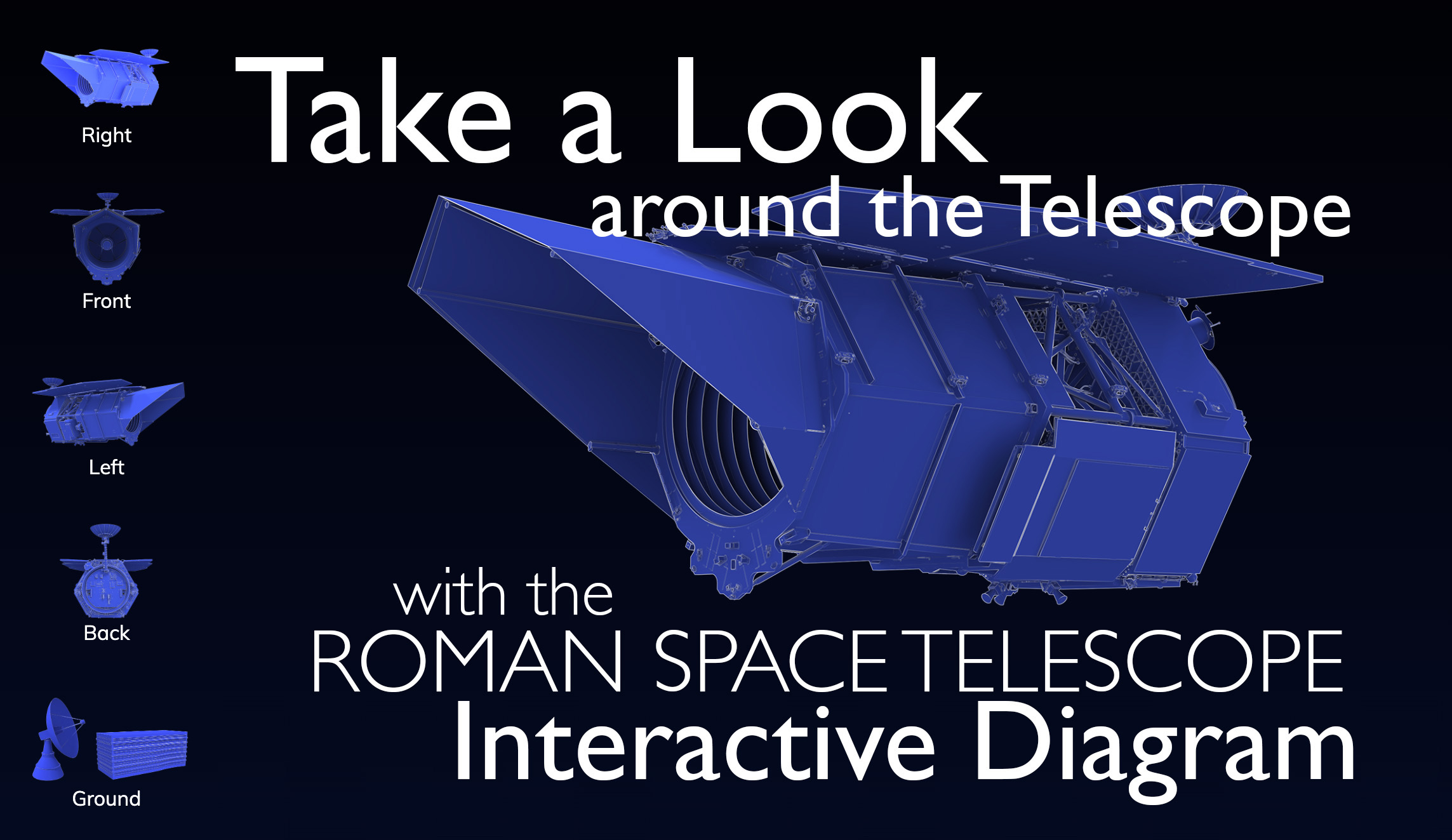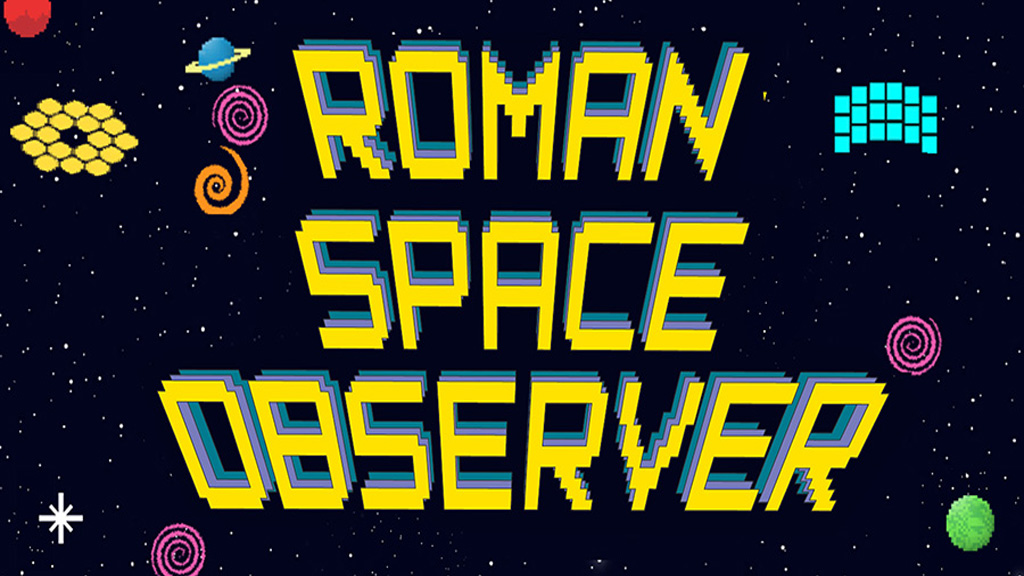Roman Early-Definition Astrophysics Survey Assessment
Status
In 2021 the Roman Project released a Request for Information to the science community to solicit comments on (a) whether to pre-select an Astrophysics Survey, and (b) to outline and submit survey concepts that would demonstrably benefit from selection as an Early-Definition Astrophysics Survey. Twenty complete submissions were received. Those submission were reviewed by an Early-Definition Astrophysics Survey Assessment Committee, which provided an assessment as to whether the Roman Project should proceed with specifying one or more Roman Early-Definition Astrophysics Surveys. The committee reported their findings in 2024 and “found that there was sufficient justification to execute an early-definition survey for the Roman telescope”. They recommended that the mission define a survey of the Galactic Plane.
Accordingly, a community-defined Roman Galactic Plane General Astrophysics Survey, of up to approximately 700 hours, will be defined by a committee of community members utilizing community input.
Context
The Roman Project sought community input on the option to pre-select one Astrophysics Survey nominally to be executed within the first two years of the Nancy Grace Roman Space Telescope mission and using up to ~700 hours of wall clock time. This would be in addition to the Core Community Surveys already being planned for the mission, and would be part of the overall time set aside for General Astrophysics Surveys. The survey and the investigations enabled should have been scientifically compelling and significantly enhanced by specific preparatory activities that are enabled by early selection and definition. Opinions and survey concepts for consideration are solicited by Oct 22, 2021.
Roman is a NASA Astrophysics Observatory featuring a wide-field 2.4m near-infrared-optimized telescope equipped with capable camera, the Wide-Field Instrument, to be launched around 2026. Overview descriptions of the Roman Observatory are provided in, e.g., Akeson et al. (2019) and Spergel et al. (2015) links to further information are provided at the end of this document. Roman will execute three “Core Community Surveys”: a High-Latitude Wide-Area Survey, a High-Latitude Time Domain Survey, and a Galactic Bulge Time Domain Survey. These surveys are targeted at answering specific questions on dark energy and exoplanet demographics, but the resulting datasets will also enable investigations on a broad array of other subjects. In addition, at least one quarter of the prime mission time (1.25 years out of the first 5-years) is set aside for other “Astrophysics Surveys” yet to be defined. Solicitations for peer-reviewed proposals for Astrophysics Surveys and support for science investigations will commence about one year prior to launch. All Roman observations will be publicly available with no period of limited access.
The Roman Project considered the option to pre-select in the near-term one Astrophysics Survey using the Wide Field Instrument to be executed within the first two years of the Roman mission, and using up to ~700 hours of wall clock time (i.e., the equivalent of one full month). This was motivated by the understanding that some projects may benefit significantly from being selected early, so as to enable multi-year preparatory activities that can enhance the value of the survey and its data products. If a sufficiently compelling survey were to be identified that materially benefits from early selection, it would be selected to be part of the overall time set aside for Astrophysics Surveys. Alternatively, if no such survey were to have been identified, then the baseline remains for all Astrophysics Surveys to be selected as part of the regular peer reviewed proposal calls.
Through a Request for Information (RfI), the Roman Project asked the astronomical community to: (a) comment/advise on whether or not to pre-select any Astrophysics Survey; and (b) to outline and submit survey concepts that would demonstrably benefit from selection as an Early-Definition Astrophysics Survey. The purpose of the RfI was to establish whether to proceed with and to define the driving science themes for an Early-Definition Astrophysics survey.
The Roman Project composed an Assessment Committee to review the responses to this RfI and assess them against the specific criteria outlined below. The Committee provided an assessment on whether or not to proceed with specifying a Roman Early-Definition Astrophysics Survey, and what survey concept to proceed with. The committee wrote a brief report providing the motivation for its findings. The NASA Roman Project Scientist made the final decision to accept the findings.
The full survey specifics and detailed observational strategies are being defined through a community process. This survey is not being assigned or allocated to a particular team.
Criteria
The primary threshold criterion for any survey concept considered as part of this assessment for early definition was:
- The science enabled by the proposed survey must be significantly enhanced by specific preparatory activities that are enabled by early selection and definition of the proposed survey concept. These may include, e.g., supporting facility observations, software development work, theoretical/simulation efforts, etc. This must present an opportunity that would otherwise be lost by waiting until the first Call for Proposals and subsequent competitive peer review.
Moreover, the proposed survey concept should have addressed the following criteria for science merit:
- The investigations enabled by the proposed survey must yield significant scientific advancements, commensurate with the allocation of up to one month of observing time on a major NASA Observatory.
- The proposed survey concept must exploit the unique observational capabilities of Roman, and must be beyond the capabilities of the ground-based and space-based datasets expected to be available at the time of Roman launch.
- The proposed survey concept must be distinct in design from the Core Community Surveys that Roman will conduct, and must enable science investigations that will not already be possible with the Core Community Survey data.
- The proposed survey concept should create datasets that will allow a broad segment of the astronomical community to pursue a wide range of investigations across range of subject areas.











